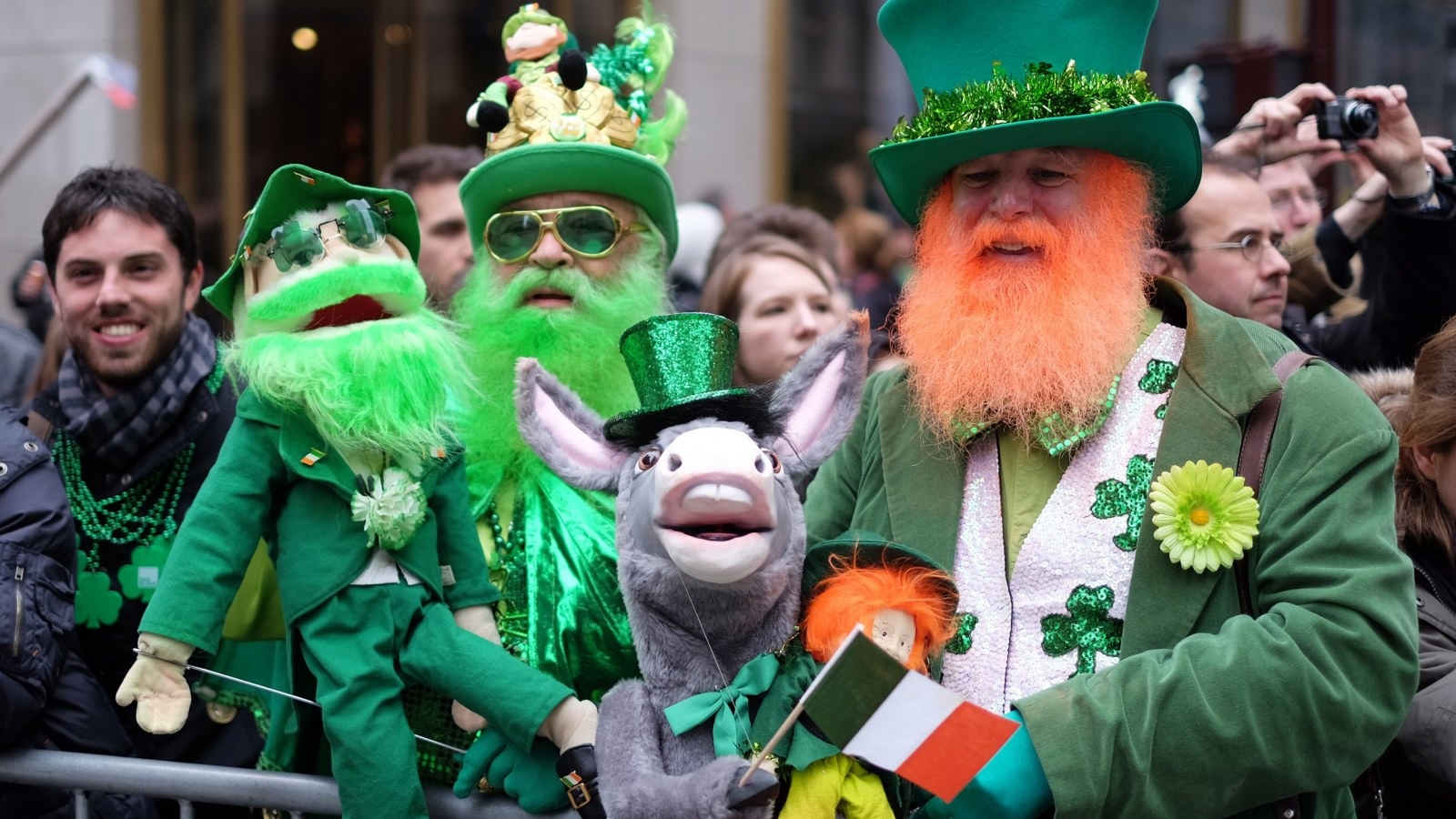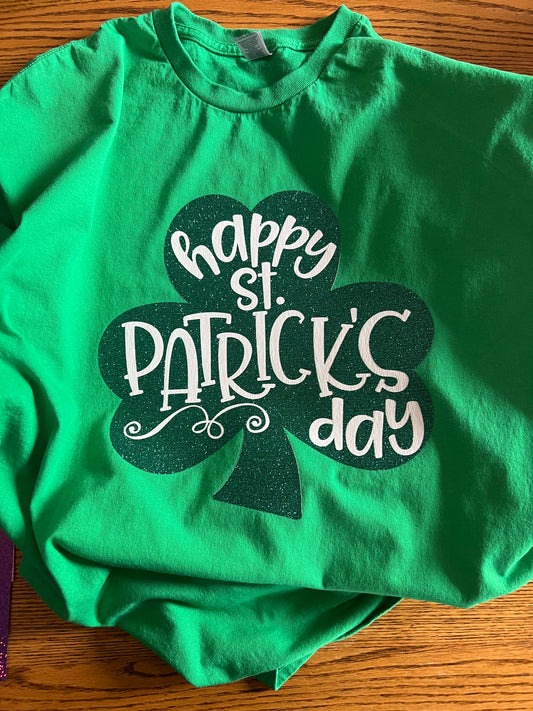No products in the cart.
WORLD NEWS
History of St. Patrick’s Day: Discover the Origins of the Celebration
St. Patrick’s Day is one of the most widely celebrated holidays around the world. From parades and parties in Ireland and America to special menus offered in Dublin pubs and Irish restaurants across the US, it’s a celebration of Irish culture and heritage that’s universally enjoyed. But where did it all start? In this article, we’ll take a deep dive into the history of St. Patrick’s Day, exploring the traditions, culture, and history of the annual Irish holiday.
Origins of St. Patrick’s Day in Ireland


The roots of the holiday go all the way back to the 5th century when St. Patrick first arrived in Ireland. He was born into a wealthy Romano-British family and was kidnapped and sold into slavery at the age of 16. Six years later, he escaped and went on to become a Christian missionary for Ireland’s pagan population. He also spread Christianity throughout Ireland, and thanks to his efforts, it eventually spread throughout the entire country.
In the 17th century, things took an interesting turn when John Weston, Archbishop of Armagh, declared St. Patrick’s feast day to be observed in Ireland. Though it didn’t necessarily lead to a revival of the entire country, it was seen as an opportunity to commemorate the Irish people and their traditions. From big parties and pub crawls to religious services, today, people in Ireland use this day to remember and celebrate St. Patrick and their homeland.

Crossing the Atlantic: How St. Patrick’s Day Came to America

Though we may not realize it, St. Patrick’s Day wasn’t celebrated in the US until a few centuries after it was established in Ireland. The first parade in America took place in New York City in 1762, and it was organized by Irish soldiers who were serving with the British army. It quickly caught on in popularity, and soon, other cities across the country were hosting their own parades.
Today, we still see these large parades in the major cities around the US, a tradition that has been cherished by citizens for nearly two centuries. People dress up in their best Irish costumes, celebrate with music and dance, and pop by local pubs for a Guinness or two. For Americans, St. Patrick’s Day is all about celebrating their Irish roots and remembering the culture of their ancestors.

Celebrating St. Patrick’s Day Nowadays

Today, St. Patrick’s Day is celebrated in a variety of ways. In small towns and villages, locals gather together to celebrate the traditional Irish holiday. Parades are still a big part of the festivities, with many marching bands, floats, and colorful displays. Pub crawls and costume contests are also popular.
In bigger cities, St. Patrick’s Day is also a chance to celebrate LGBT culture. Many parades now include LGBTQ contingents, marching alongside their fellow Irish to honor both their culture and sexual identity. This has both opened up St. Patrick’s Day for all and helped to shed some light on the history and origins of the event.

A Colorful Celebration

The most iconic symbol of the St. Patrick’s Day celebration is, of course, the color green. Green banners, decorations, and lights adorn many of the parades and festivities throughout towns and cities around the world. But why green? Well, it all goes back to the origins of the holiday. In ancient Ireland, green was used to signify springtime and fertility, and it eventually made its way into the celebration of St. Patrick’s Day.
The shamrock is another popular symbol of the holiday. It’s no surprise that the shamrock has become such an important image; St. Patrick was said to have used the three-leafed plant to explain the concept of the Holy Trinity to the pagan Irish. Thanks to its mythical power, the shamrock has been a treasured symbol of St. Patrick’s Day for centuries.

St. Patrick’s Day: Traditions Old and New

From St. Patrick’s arrival on Irish shores to the parades in America and beyond, St. Patrick’s Day has been
🌍 Home Page: Muranotex.Com
